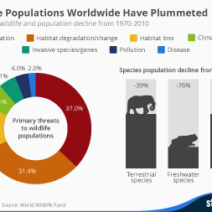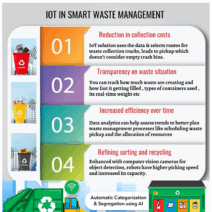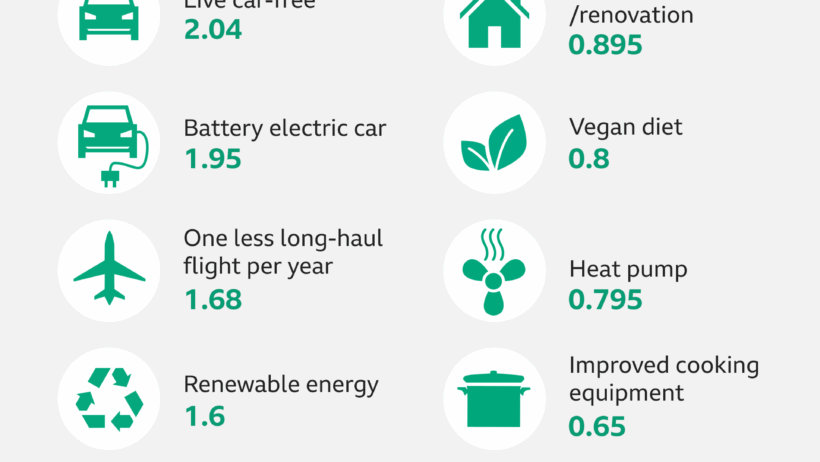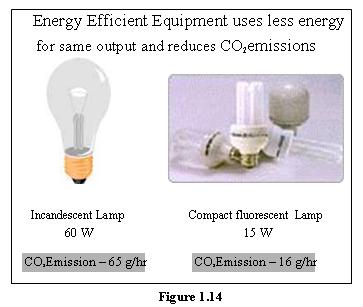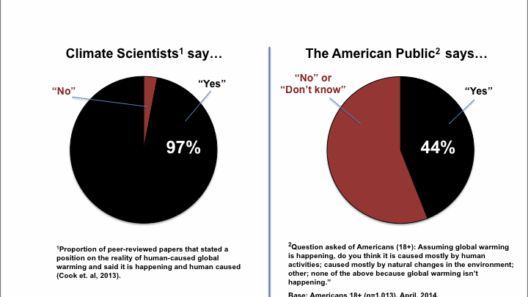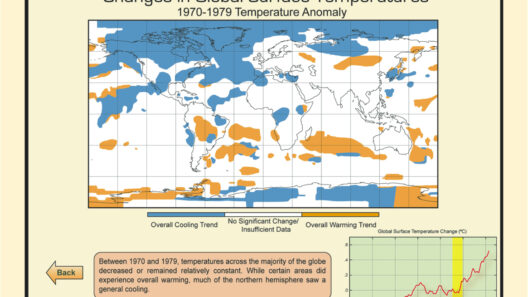Global warming represents one of the most pressing challenges of our time, incited predominantly by human activities that have led to a significant increase in greenhouse gas emissions. To address this critical issue, shifting our perspective from mere acknowledgment to tangible action is essential. The following exploration delves into strategies that can be implemented at individual, community, and institutional levels to mitigate the effects of climate change. By understanding the nuances of these solutions, we can foster a more sustainable future while piquing our curiosity regarding the myriad ways we can contribute to this global effort.
Understanding Our Carbon Footprint
One of the first steps in combating global warming is recognizing the concept of a carbon footprint. Our carbon footprint refers to the total amount of greenhouse gases we emit, directly or indirectly, into the atmosphere. These gases, primarily carbon dioxide and methane, are significant contributors to the greenhouse effect, which leads to the warming of our planet.
Each individual has a unique footprint, influenced by lifestyle choices, energy consumption, and transportation habits. It becomes imperative to not only measure this footprint but also strive to reduce it. Simple actions like adopting energy-efficient appliances, reducing water usage, or being mindful of consumption can create ripples of positive change.
Embracing Renewable Energy
A monumental shift towards renewable energy sources is pivotal in curtailing carbon emissions. Transitioning from fossil fuels—oil, coal, and natural gas—to renewable sources such as solar, wind, and hydropower can drastically decrease our reliance on carbon-heavy energy. For many homeowners, investing in solar panels is a viable option that not only aids in energy conservation but also serves as an investment in long-term savings. With technology continually advancing, the cost of solar energy solutions is becoming more accessible, making this transition more feasible for the average person.
Moreover, communities can spearhead initiatives to harness wind and solar power, creating local energy grids that reduce dependence on fossil fuel sources. Local governments advocating for energy-efficient public spaces, implementing policies that encourage renewable energy usage, and incentivizing businesses to adopt green practices can lead to robust community involvement.
Rethinking Transportation
Transportation is a significant contributor to greenhouse gas emissions. To combat this aspect of climate change, we must rethink our modes of transport. Electing to walk, bike, carpool, or use public transportation will drastically decrease individual carbon footprints.
Investing in electric vehicles (EVs) and promoting infrastructure that accommodates these vehicles presents a forward-thinking approach to transportation. Furthermore, cities can prioritize cycling lanes, pedestrian zones, and electric public transit systems, facilitating a transition to eco-friendly transport options. The collective shift towards alternative modes of transport not only reduces emissions but encourages a healthier, more engaged populace.
Enhancing Energy Efficiency
Boosting energy efficiency in our homes and workplaces not only conserves energy but also minimizes greenhouse gas emissions. Simple improvements, such as insulating homes, sealing windows, and utilizing energy-efficient lighting, can create a substantial impact. The installation of smart thermostats allows for optimal temperature management, ultimately leading to lower energy consumption.
Moreover, industries should aim for greener manufacturing processes, leveraging technologies that reduce waste and energy use. By embracing a culture of energy efficiency, both individuals and businesses can play a critical role in global warming mitigation.
The Power of Sustainable Agriculture
The agricultural sector plays an indispensable role in our ecosystem and is concurrently a significant source of greenhouse gas emissions. To counteract this, the adoption of sustainable agricultural practices can alleviate the burden of climate change. Techniques such as regenerative agriculture, organic farming, and permaculture not only improve soil health but also sequester carbon dioxide from the atmosphere.
Farmers can promote biodiversity by rotating crops and integrating livestock management, which can enhance soil fertility and resilience against climate-related disruptions. Urban agriculture and community gardens also offer innovative approaches, allowing individuals to grow their food while reducing their carbon footprint associated with transportation and packaging.
Advocating for Policy Change
While individual actions are impactful, large-scale change often necessitates policy interventions at national and international levels. Advocating for comprehensive climate policies that emphasize renewable energy incentives, carbon pricing, and stricter emissions standards can empower communities and industries to rethink their environmental impact.
Citizens can make their voices heard through grassroots movements, highlighting the importance of climate action in political discourse. Engaging with local representatives, participating in advocacy campaigns, or supporting organizations dedicated to climate action amplifies the collective call for change.
Education and Awareness: A Catalyst for Change
Lastly, fostering a culture of education and awareness surrounding climate change is paramount. Informing others about the implications of global warming and the various strategies for mitigation not only empowers individuals but also builds a community focused on sustainable practices. Educational programs in schools, local workshops, and online platforms can facilitate informed discussions, ultimately inspiring action.
In closing, the fight against global warming requires a multifaceted approach that transcends individual actions. It necessitates a collective commitment to rethinking lifestyle choices, embracing sustainable practices, and advocating for systemic change. Each deliberate choice we make, no matter how small, contributes to a larger movement aimed at reducing carbon emissions and facilitating a healthier planet. Engaging with these solutions not only informs us but also enables us to be catalysts for change, ensuring that future generations inherit a vibrant world.

